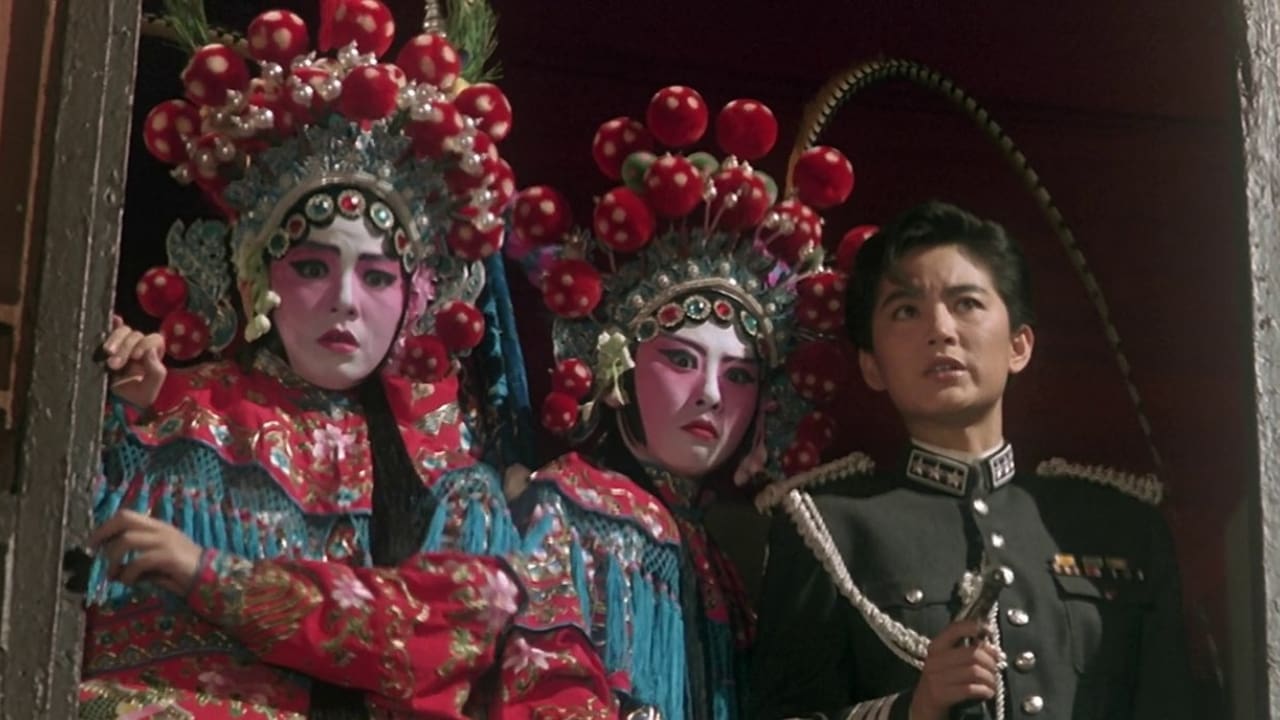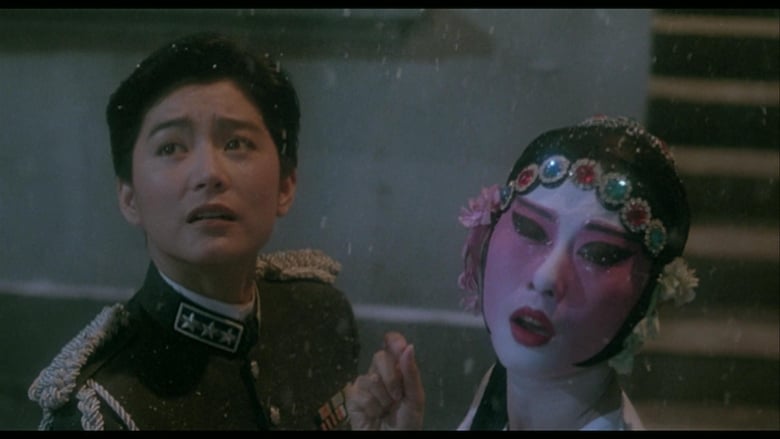


The issue of the morality of vengeance is never again addressed. Tsan, a respected doctor and renowned martial artist, doesn’t want to get involved, but when one of his students (Sammo Hung) pretends to take Hua on as his student, leading him in a series of hilariously bad exercises, Tsan agrees for the sake of the dignity of his martial art. The manager of the bank Hua was a cashier at turns out to be a gangster seeking to take over the town and when Hua discovers his scheme, the manager has Hua’s mother killed. Tsan) refuse to take on the hero (Casanova Wong as Cashier Hua) as a student because his motives are vengeful (“One party must stop seeking revenge or it will be an eye for an eye forever.” he says). In Warriors Two (it’s not a sequel, the title refers to there being two warriors in the story, like in Lo Wei’s 1970 film Brothers Five), Hung references the central philosophical conflict of 36th Chamber, that the hero is learning kung fu in order to exact revenge on the local gangster/tyrant, but the religious foundation of the martial art preaches disengagement and thus renunciation of vengeance, by having the master (Bryan Leung as Mr. Lau’s later films would follow in the footsteps of Hung and Jackie Chan (and Yuen Woo-ping, whose first two collaborations with Chan, the smash hit comic action films Snake in Eagle’s Shadow and Drunken Master, were also released in 1978) by mixing in low comedy with the spectacular stunts performed by his adopted brother Gordon Liu and never again, at least from what I’ve seen, reaching the spiritual heights of 36th Chamber (though the finale of Eight-Diagram Pole Fighter comes close). But Hung, with his character as the hero’s pudgy sidekick, a bullied dumpling vendor and kung fu-trainee, leavens his film with slapstick and goofy wordplay, whereas Lau’s film is for the most part straight-faced, though certainly not as serious as the darkly violent epics of Chang Cheh (such as Crippled Avengers, the third great kung fu film of 1978). It most resembles Lau Kar-leung’s masterpiece The 36th Chamber of Shaolin also released in 1978, both in its plot and its middle section, an extended series of training sequences that utilize a variety of ingenious devices to help train the hero (see also: The Karate Kid).

One of Sammo Hung’s first films as a director, this period kung fu film is very much in the Shaw Brothers mold.


 0 kommentar(er)
0 kommentar(er)
